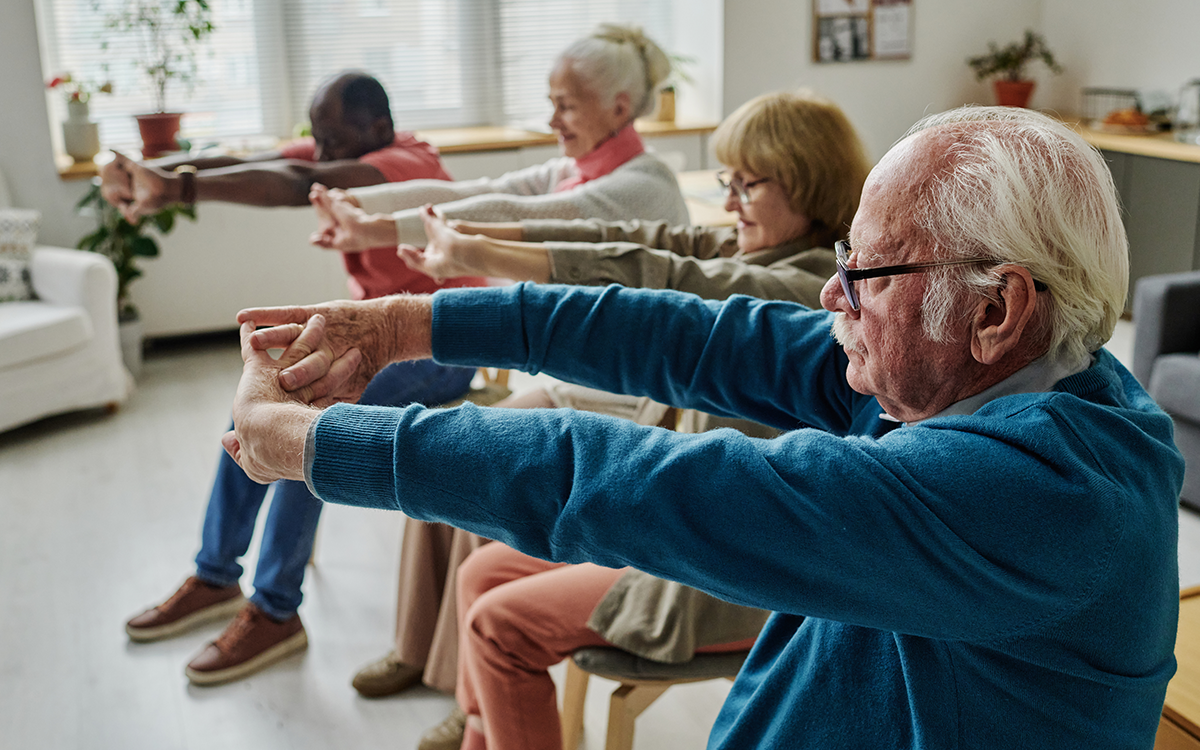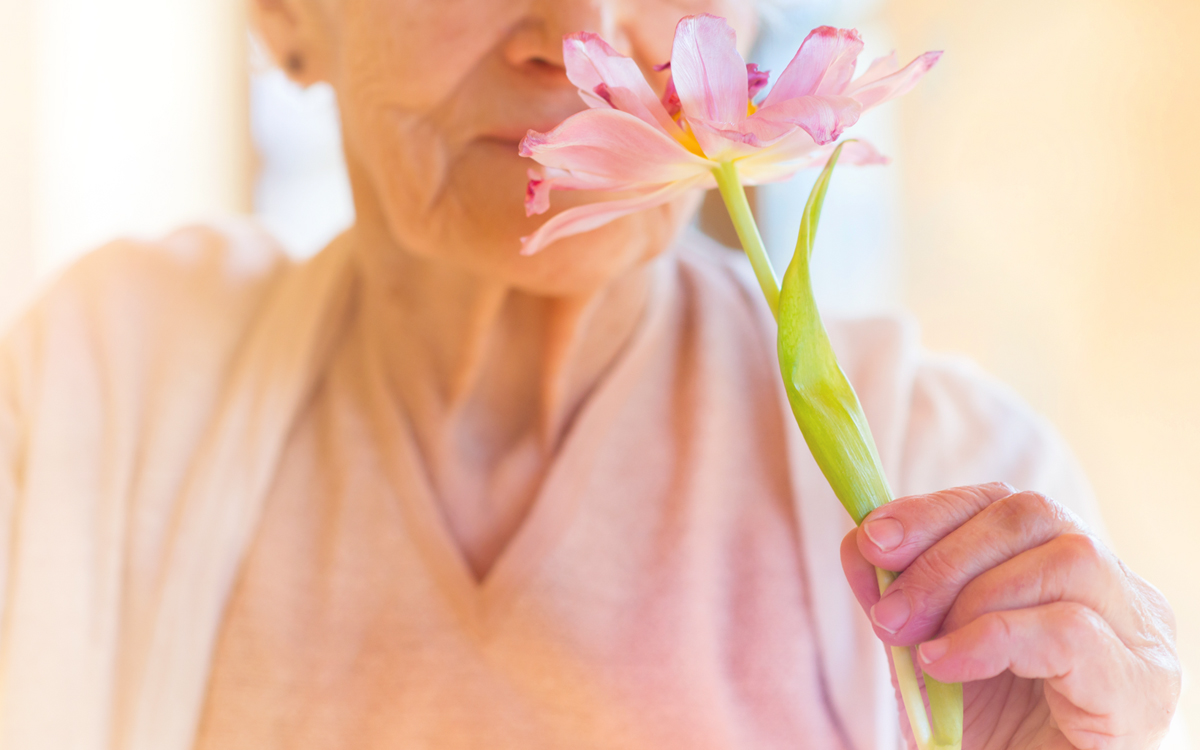Caring for a loved one with dementia can be one of the most loving and challenging roles we ever take on. As memory fades and words slip away, those with advanced dementia often lose the ability to tell us when they’re in pain. That doesn’t mean the pain isn’t there. It just means we must learn to see it differently.
Understanding how pain shows up nonverbally, and learning to advocate effectively both at home and in care settings, can significantly improve our loved ones’ quality of life.
What the Research Tells Us
A 2011 study, “Do informal caregivers consider nonverbal behaviour when they assess pain in people with severe dementia?” published in The Journal of Pain explored whether informal caregivers, typically family or friends, notice nonverbal signs of pain in people with severe dementia. The results were both eye-opening and heartbreaking.
Many caregivers did not rely heavily on nonverbal pain cues such as grimacing, moaning, or changes in body posture. Instead, their assessments were influenced by factors like how long they had known the person or what kind of behaviours they expected to see.
This means that, unintentionally, pain can go unrecognized and untreated. Not because of neglect or lack of love, but simply due to a lack of awareness or training.
Another study published by Johns Hopkins University, explored how caregivers interpret behaviours often assumed to be “just part of dementia.” It found that agitation, restlessness, or sudden withdrawal, often seen as behavioural symptoms, can actually be signs of pain or discomfort. Caregivers frequently mistook these cues for cognitive decline or mood swings, rather than clues that something might be physically wrong.
These findings highlight the importance of being mindful, observant, and proactive when our loved ones with dementia behave in ways that seem “off.” It might not be confusion or anger. It might be that they are experiencing pain.
What This Means for You as a Family Caregiver
If your loved one can’t tell you they’re in pain, here are some signs to watch for:
➢ Facial expressions: grimacing, wincing, furrowing brows
➢ Vocalizations: moaning, calling out, sighing
➢ Body movements: restlessness, guarding a part of the body, stiffness
➢ Behavioural changes: withdrawal, aggression, increased confusion, refusing food or care
It’s also vital to trust your intuition. If something feels “off,” don’t ignore it. You know your loved one better than anyone else.
When your loved one is in a care home, you may feel uncertain about speaking up. But your role as a family caregiver is still critical. You are their voice. If you notice pain-related behaviours during visits, gently share your observations with the care team. Instead of blaming, you can frame it as a partnership: “I’ve noticed Mom has been very restless lately and winces when her legs are moved. Could it be pain?”
Partnering with Care Teams for Better Outcomes
Care homes are often staffed by compassionate people doing their best under pressure. But even well-meaning caregivers may not pick up on subtle signs of pain if they don’t know the resident well. This is where person-centred care becomes essential.
When caregivers take time to learn a resident’s history, personality, and typical behaviours, it becomes easier to spot when something isn’t right. Family members can help by sharing these insights with staff. For example: “Dad’s usually very talkative. If he’s quiet, something’s wrong.”
You can also ask if the staff uses tools like the PAINAD scale, which helps caregivers recognize nonverbal signs of pain in people with dementia. If your loved one has difficulty communicating, learning about this tool yourself can be a powerful way to support them. The more we understand and share these resources, the more we can work together to ensure better, more compassionate care.
Compassion, Curiosity, and Change
At the heart of all this lies a simple truth: people with dementia are still people, with feelings, needs, and the right to live free from pain. Just because they can’t say “it hurts” doesn’t mean they’re not hurting.
As caregivers, we have the opportunity and responsibility to educate ourselves, support others, and speak up when we see signs of suffering. That means learning how pain shows up without words. It means watching body language with fresh eyes. And it means advocating with compassion and clarity.
By embracing person-centred care, we ensure that our loved ones are not just existing, but living comfortably, with dignity and joy. The opposite is also true. When we ignore these signs or dismiss behaviour as “just dementia,” we risk letting our loved ones suffer in silence.
But it doesn’t have to be this way.
Through empathy, awareness, and collaboration, we can change the story. We can ensure that every person with dementia is seen, heard, and truly cared for.
KareTyrell CPCA, CDCP is a Dementia Consultant, Educator, Author & Advocate, and Founder of Personalized Dementia Solutions Inc. (www.DementiaSolutions.ca). Karen offers her expertise on dementia care through speaking engagements; workshops; support groups (both online and in-person) and by working one-on-one with families/caregivers to provide emotional support and practical solutions. She was also on the design team for The Village Langley (Verve Senior Living) and provides ongoing education to the Village team, families and the community. If you would like to learn more, please feel free to reach out.
DISCLAIMER:
The contents of this blog are provided for information purposes only. They are not intended to replace clinical diagnosis or medical advice from a health professional.




